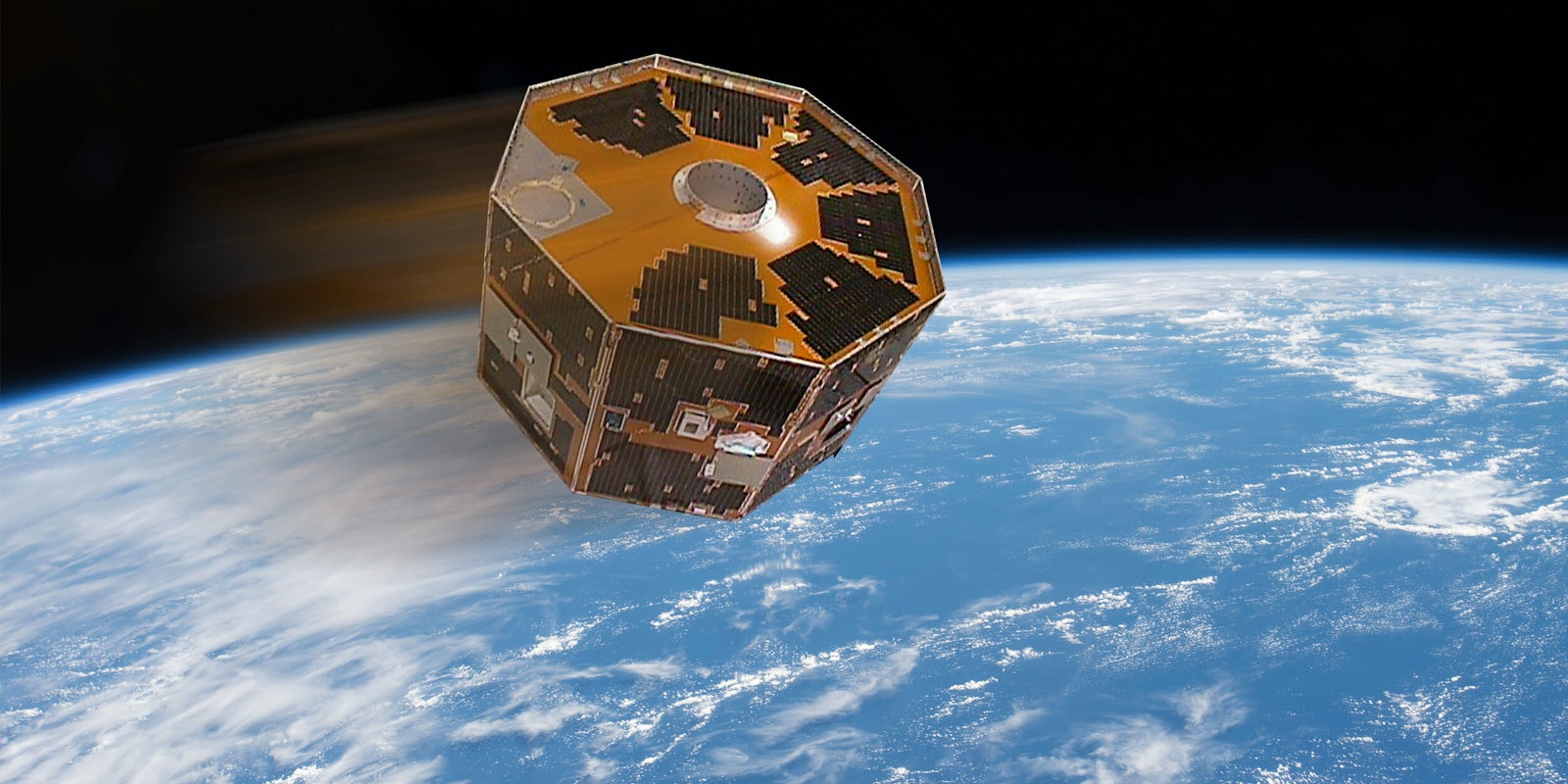More than 12 years after NASA announced that one of its spacecraft had been lost as a result of systems failure, an astronomer appears to have rediscovered it transmitting information in the sky.
Scott Tilley, an amateur visual and radio astronomer, first posted on his blog on Jan. 21 about searching for Zuma, a mysterious spacecraft launched by SpaceX earlier in January that some believe had failed, in the sky. He couldn’t find Zuma, but instead, he found another satellite, which he later discovered was the Imager for Magnetopause-to-Aurora Global Exploration (IMAGE).
First launched in 2000, IMAGE’s goal was to “study the global response of the Earth’s magnetosphere to changes in the solar wind.” By the time NASA lost the spacecraft in 2005, it had already exceeded expectations from its original two-year mission.
Since Tilley posted his findings, the astronomy community pitched in to collect as much information as they could on IMAGE, with archives showing that IMAGE was spotted as far back as October 2015. NASA has also joined in on the efforts to locate the signal, and according to Tilley, the Goddard Space Flight Center’s Richard Burley told him that “All indications so far suggest that this is, in fact, IMAGE.”
On Monday, NASA posted an update confirming that it would be allocating resources to confirming that the satellite Tilley discovered is IMAGE.
We are attempting to contact the IMAGE satellite via the Deep Space Network after an amateur astronomer reported making contact in mid-January. Our contact with the spacecraft was unexpectedly lost in Dec. 2005. More: https://t.co/IrD4ruLeds pic.twitter.com/ad27SmDvM9
— NASA Sun & Space (@NASASun) January 29, 2018
“In mid-January, an amateur astronomer reported they believed they had made contact with a NASA satellite called Imager for Magnetopause-to-Aurora Global Exploration (IMAGE). IMAGE launched on March 25, 2000, and contact was unexpectedly lost on Dec. 18, 2005,” NASA said in a statement. “NASA’s Goddard Space Flight Center in Greenbelt, Maryland, has acquired time on the Deep Space Network (DSN) to focus on the source and determine whether the signal is indeed IMAGE. This process must take into consideration the vintage nature of the spacecraft, and includes locating appropriate software and commands to potentially operate the mission. We will share more information as it becomes available.”
H/T Science Magazine


